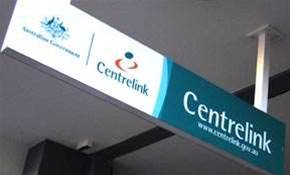Planned welfare reforms cannot take place until the Government replaces the 30 year-old system driving Centrelink payments, according to the federal minister for social services, Kevin Andrews.

Treasurer and former Human Services Minister Joe Hockey flagged the need to replace the national ageing Income Support Integrated System (ISIS) earlier this year, conceding that it had to be done despite the estimated $1 billion cost of the work.
Andrews today told ABC radio he was awaiting the final recommendations of Mission Australia CEO Patrick McClure’s inquiry into Australia’s welfare system, which are due on his desk next month, before making any decisions on an upgrade.
But he expected the “antiquated” ISIS would likely be unable to keep up with whatever reforms McClure suggested.
“I see the IT system as integral to any reform of welfare,” he said.
“If we want to make changes and we want to have a more efficient system…then we've got to make the upgrades."
The job will not be cheap, he warned, “but we've got to look at this in terms of a system that could last another two or three decades once it's put in place, if we go on the history of the previous system”.
Andrews indicated he would raise the issue with fellow ministers as part of budget 2015-16 deliberations.
“Obviously there is some recognition that, if we want to make changes, we need to have up-to-date IT and that's what I'll be proposing,” he said.
Debate about how to approach an ISIS upgrade - a system which is underpinned by ageing Model 204 mainframe technology only still used by the Department of Human Services and the US CIA - has simmered for many years now.
The department received $16 million to build a case for replacing the legacy technology in the 2013 budget.
DHS CIO Gary Sterrenberg told iTnews in May that he was chipping away at the problem piece by piece, and that his team had already begun figuring out how to remove the “outer layers” of the troublesome system.



.png&h=140&w=231&c=1&s=0)







 iTnews Executive Retreat - Security Leaders Edition
iTnews Executive Retreat - Security Leaders Edition












_(1).jpg&h=140&w=231&c=1&s=0)



